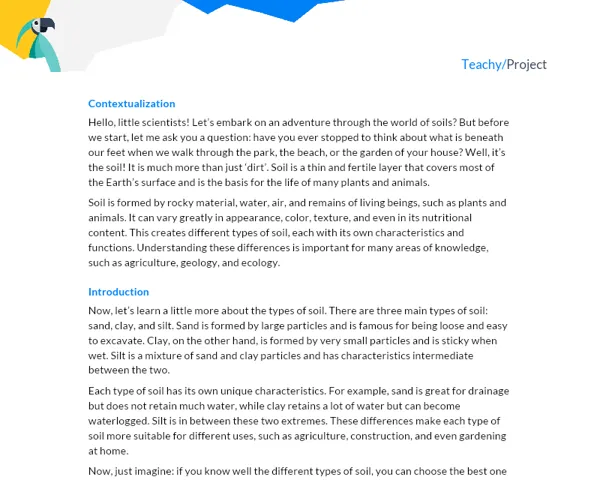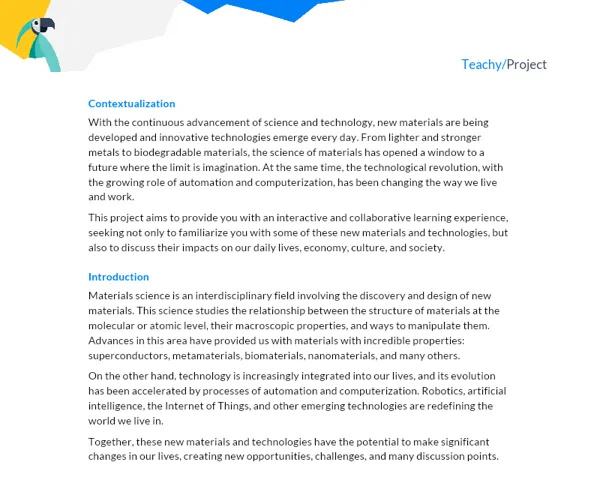Context
Colors play a fundamental role in how we perceive the world around us. It not only enriches our visual experience but also serves important purposes in various aspects of daily life. Since ancient times, humans have been using colors for communication, artistic expressions, signaling, and more. Understanding colors and how they work is not just a fascinating topic but also a vital skill in many professions, such as arts, design, advertisement, psychology, and even physics.
In the scientific world, more precisely in optics, the colors that we see are the result of the absorption, reflection, and transmission of light by an object. Light, like all electromagnetic waves, carries energy, and this energy can be absorbed, reflected, or transmitted when it encounters an object. It is important to note that the colors that we see are determined by the color of light that is reflected or transmitted to our eyes.
Introduction
The study of primary colors is a fundamental part of light physics and color science. Primary colors are those that cannot be created by mixing other colors. In light, the primary colors are red, green, and blue.
When we combine any two primary colors of light, we get a secondary color. For example, red light and green light, when combined, produce yellow light; green light and blue light produce cyan; and blue light and red light produce magenta.
Amazingly, when we combine all three primary colors of light, we get white light. This is a phenomenon known as color additivity. This concept is fundamental to modern technology, including television, computers, and lighting.
In this project, we will explore the fascinating world of primary colors through hands-on experiments and in-depth theory, examining how colors work, how they interact, and how they impact our world.
Hands-on Activity
Activity Title: Primary Color Lab
Project Overview
This project aims to allow students to understand and apply the concepts associated with primary colors and how they form. This will be done through hands-on experiments in a color lab where students will learn to create and manipulate primary and secondary colors, understand how objects reflect and absorb light, and finally conduct an experiment to demonstrate color additivity.
Detailed Project Description
Students will be divided into groups of 3-5, and each group will set up a "Color Lab" using simple and common materials. This project will be divided into four parts: i) Coloring light; ii) Color reflection and absorption; iii) Creating secondary colors; and iv) Demonstrating color additivity.
Materials Required
- 3 Flashlights
- Red, green, and blue light filters (one for each flashlight)
- Various objects of different colors
- White sheets of paper
- Camera/phone with a camera
- Computer with image editing software
Detailed Step-by-Step Procedure
-
Coloring Light: The groups will place one color filter on each flashlight. They will shine each flashlight on a white sheet of paper and observe the color that the paper appears in each light. They will document this with photographs.
-
Color Reflection and Absorption: The groups will shine the colored flashlights on different colored objects. They will document the results with photographs, observing how the color of the light affects the color of the object.
-
Creating Secondary Colors: The groups will now combine two colors of light on a white sheet of paper to create a secondary color (Red+Green=Yellow, Green+Blue=Cyan, Blue+Red=Magenta). They will document this with photographs.
-
Demonstrating Color Additivity: Finally, the groups will combine all three lights on the white sheet of paper to produce white light, demonstrating color additivity. They will document this with photographs.
Project Deliverables
At the end of the project, each group is required to submit a detailed project report and all the photographs taken. The report should strictly follow the structure specified in the introduction, i.e., Introduction, Methods, Results, Discussion, and Conclusion.
-
Introduction: In the beginning, students will provide context to the topic, reflecting on the relevance of studying primary colors and its real-world implications. Furthermore, they should clearly state the objective of the project.
-
Methods: This section should detail the implementation of the hands-on activity, the "Color Lab," explaining the theory behind the experiments and the methodologies used. They should discuss each experiment, the steps taken, and the results obtained, explaining how the experiment was relevant to understanding the theory discussed.
-
Results: In this section, the students should discuss the major observations made, the inferences made about primary colors, and how this project helped deepen their understanding. They should also discuss the difficulties faced and how they overcame them.
-
Discussion: Here, the students should further elaborate on the conclusions drawn and relate them to real-world applications of the concepts learned. They can also discuss how this project has impacted their understanding of color in general and its importance in various fields.
-
Conclusion: The conclusion should summarize the major learning outcomes of the project and restate the importance of understanding primary colors and color theory. The students should also discuss the broader implications of the project and how it can be applied to different disciplines and contexts.


